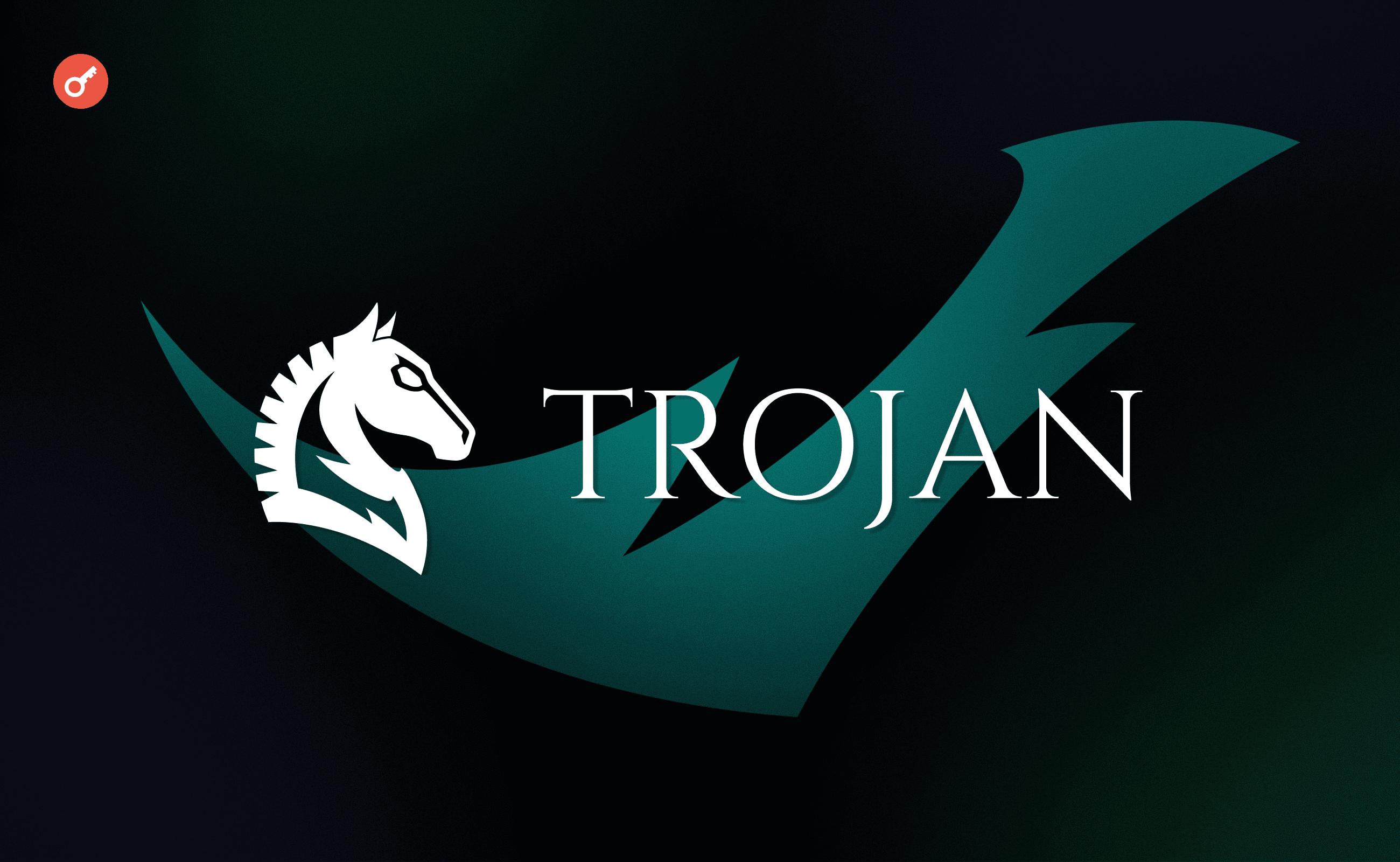Trojan Artemis: The Silent Threat Lurking In Your System
Trojan Artemis has become one of the most discussed topics in cybersecurity circles. It's like the invisible thief that sneaks into your computer, steals your data, and leaves you scratching your head. This malicious software is no joke, and if you're not careful, it can wreak havoc on your digital life. So, buckle up because we're about to dive deep into the world of Trojan Artemis and uncover what makes it so dangerous.
Imagine this: you're minding your own business, scrolling through social media or working on an important project, and suddenly—bam! Your computer starts acting weird. Files disappear, random programs start opening, and you're left wondering, "What the heck just happened?" Well, my friend, Trojan Artemis could be the culprit behind all that chaos. It's not just another virus; it's a sneaky little bugger that can cause some serious damage.
Now, before we get too far into the nitty-gritty, let's establish one thing: Trojan Artemis isn't something you want to mess around with. This isn't your average computer glitch; it's a sophisticated piece of malware designed to steal your sensitive information, corrupt your files, and potentially even hold your data hostage. So, if you're looking to protect yourself and your digital assets, you're in the right place.
What is Trojan Artemis? The Basics
Trojan Artemis is essentially a type of malware that disguises itself as legitimate software. Think of it like a wolf in sheep's clothing—except instead of eating Little Red Riding Hood, it's munching on your personal data. This sneaky little program can infiltrate your system without you even realizing it, and once it's in, it can do all sorts of nasty things.
One of the most concerning aspects of Trojan Artemis is its ability to bypass traditional antivirus software. It's like it has a secret passcode that lets it slip right past your digital security guards. And once it's inside, it can start doing all sorts of damage, from stealing your login credentials to encrypting your files and demanding a ransom.
How Does Trojan Artemis Work?
Alright, so you're probably wondering, "How does this thing even get into my computer?" Well, Trojan Artemis uses a variety of methods to infiltrate your system. One common way is through phishing emails. You know those emails that look legit but are actually from some random scammer? Yeah, those can carry Trojan Artemis. All it takes is one wrong click, and boom—you've opened the door to trouble.
Another sneaky trick Trojan Artemis uses is hiding in seemingly harmless downloads. You might think you're downloading a cool new app or game, but what you're really getting is a big ol' helping of malware. And once it's on your system, it can spread like wildfire, infecting other files and programs along the way.
Why Should You Care About Trojan Artemis?
Let's be real here: nobody likes having their personal information stolen. Whether it's your bank account details, your social media passwords, or even your private photos, the thought of someone else having access to that stuff is downright terrifying. And that's exactly what Trojan Artemis is all about—stealing your sensitive data and using it for nefarious purposes.
But it's not just about the theft of personal information. Trojan Artemis can also cause serious damage to your computer. It can corrupt your files, slow down your system, and even make your computer unusable. And if you're running a business, the potential consequences are even more severe. Imagine losing all your important documents or having your entire network held hostage by ransomware. Not a fun situation to be in, right?
The Impact of Trojan Artemis on Businesses
For businesses, the threat of Trojan Artemis is especially concerning. Not only can it steal valuable company data, but it can also disrupt operations and cause significant financial losses. Imagine having your entire system shut down because of a ransomware attack. You'd be looking at thousands—if not millions—of dollars in damages, not to mention the potential loss of customer trust.
And let's not forget about the reputational damage. If word gets out that your company fell victim to a Trojan Artemis attack, it could seriously harm your brand image. Customers might start questioning your ability to protect their information, and that could lead to a decline in business. So, if you're running a business, it's absolutely crucial to take steps to protect yourself from this type of malware.
How to Detect Trojan Artemis
Now that we've established why Trojan Artemis is such a big deal, let's talk about how you can detect it. The first step is to be vigilant. If you notice any unusual activity on your computer—like slow performance, random pop-ups, or missing files—it could be a sign that something's amiss.
Another way to detect Trojan Artemis is by running a thorough antivirus scan. While traditional antivirus software might not always catch this sneaky malware, there are advanced tools available that can help identify and remove it. It's also a good idea to keep an eye on your system logs for any suspicious activity. If you see any unfamiliar processes or files, it might be worth investigating further.
Signs Your Computer Might Be Infected
Here are some common signs that your computer might be infected with Trojan Artemis:
- Unusual system slowdowns
- Random pop-ups or error messages
- Missing or corrupted files
- Unfamiliar programs running in the background
- Unexpected changes to your system settings
If you notice any of these symptoms, it's important to act quickly. The longer Trojan Artemis stays on your system, the more damage it can do.
How to Protect Yourself from Trojan Artemis
Prevention is key when it comes to protecting yourself from Trojan Artemis. The good news is, there are several steps you can take to reduce your risk of infection. First and foremost, make sure your antivirus software is up to date. Outdated software is like leaving the front door to your house wide open—it's just asking for trouble.
Another important step is to be cautious when opening emails or downloading files. If something looks suspicious, trust your gut and don't click on it. And if you're running a business, it's a good idea to implement strict security protocols to ensure that all employees are following best practices when it comes to cybersecurity.
Best Practices for Cybersecurity
Here are some best practices to help protect yourself from Trojan Artemis:
- Keep your antivirus software updated
- Be cautious when opening emails or downloading files
- Use strong, unique passwords for all your accounts
- Enable two-factor authentication wherever possible
- Regularly back up your important files
By following these simple steps, you can significantly reduce your risk of falling victim to Trojan Artemis or any other type of malware.
Trojan Artemis: The Statistics
Now, let's talk numbers. According to recent studies, Trojan Artemis has been responsible for a significant number of cyberattacks worldwide. In fact, it's estimated that millions of computers have been infected with this malicious software, resulting in billions of dollars in damages. And the numbers are only expected to rise as cybercriminals continue to develop more sophisticated methods of attack.
One study found that businesses are particularly vulnerable to Trojan Artemis attacks, with an estimated 60% of all infections occurring in corporate environments. This highlights the importance of implementing robust cybersecurity measures in the workplace to protect sensitive data and prevent costly disruptions.
Global Impact of Trojan Artemis
The impact of Trojan Artemis extends far beyond just individual users and businesses. It has become a global issue, affecting millions of people and organizations around the world. From small startups to large multinational corporations, no one is immune to the threat of this malicious software.
And it's not just about the financial losses. The emotional toll of having your personal information stolen or your business disrupted can be just as devastating. That's why it's so important to stay informed and take steps to protect yourself from this growing threat.
The Future of Trojan Artemis
So, where do we go from here? As technology continues to evolve, so too will the methods used by cybercriminals to exploit vulnerabilities in our systems. It's likely that Trojan Artemis and other types of malware will become even more sophisticated in the years to come, making it increasingly difficult to detect and prevent.
But there's hope. As awareness of the threat grows, more and more people are taking steps to protect themselves. Governments, businesses, and individuals are all working together to develop new technologies and strategies to combat the growing threat of cybercrime. And with the right tools and knowledge, we can all do our part to stay safe in the digital age.
What You Can Do to Stay Ahead
Here are a few tips to help you stay ahead of the curve when it comes to protecting yourself from Trojan Artemis:
- Stay informed about the latest cybersecurity threats
- Invest in advanced antivirus software
- Regularly update your operating system and applications
- Be cautious when sharing personal information online
- Consider hiring a cybersecurity expert to assess your system's vulnerabilities
By taking these proactive steps, you can help ensure that your digital life remains safe and secure.
Conclusion
Alright, so we've covered a lot of ground here. Trojan Artemis is a serious threat that can cause all sorts of problems for both individuals and businesses. From stealing sensitive information to disrupting operations, this malicious software is not something to be taken lightly.
But the good news is, there are steps you can take to protect yourself. By staying informed, using advanced antivirus software, and following best practices for cybersecurity, you can significantly reduce your risk of infection. And if you ever do suspect that your system has been compromised, act quickly to minimize the damage.
So, what are you waiting for? Take control of your cybersecurity today and don't let Trojan Artemis—or any other type of malware—get the best of you. And don't forget to share this article with your friends and family so they can stay safe too. Together, we can make the digital world a safer place for everyone.
Table of Contents
- What is Trojan Artemis? The Basics
- How Does Trojan Artemis Work?
- Why Should You Care About Trojan Artemis?
- The Impact of Trojan Artemis on Businesses
- How to Detect Trojan Artemis
- Signs Your Computer Might Be Infected
- How to Protect Yourself from Trojan Artemis
- Best Practices for Cybersecurity
- Trojan Artemis: The Statistics
- Global Impact of Trojan Artemis
- The Future of Trojan Artemis
- What You Can Do to Stay Ahead

Trading with Telegrambot Trojan for a potential airdrop INCRYPTED

Artemis Business Care FZE

NASA Artemis I